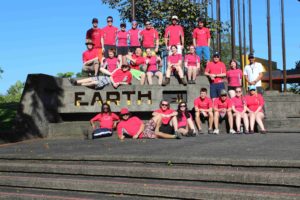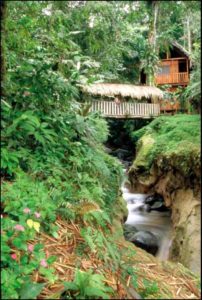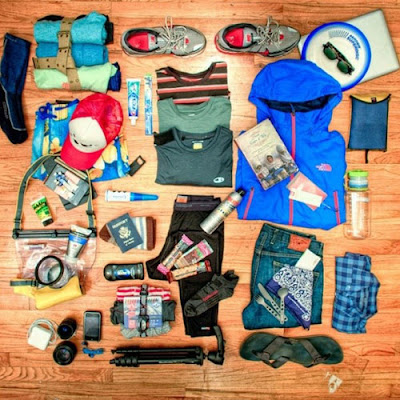Costs & Travel Information
Costa Rica Travel Costs
 All costs are covered, including travel to the airport, return flight, all travel in Costa Rica, food, lodging, classroom instruction, and activities. Costs not included include the cost of souvenirs, snacks or ‘extras’ that you wish to buy while in Costa Rica. See the travel agent’s booking form here for details of cost coverage.
All costs are covered, including travel to the airport, return flight, all travel in Costa Rica, food, lodging, classroom instruction, and activities. Costs not included include the cost of souvenirs, snacks or ‘extras’ that you wish to buy while in Costa Rica. See the travel agent’s booking form here for details of cost coverage.
Important Dates & Deadlines
- NOVEMBER 30, 2023: Registration and down payment of $1,500 is due. Payment by credit card or certified cheque. Paid directly to Marlin Travel – see form here.
- JANUARY 10, 2024: Course introduction and orientation. Balance of $2,100.00 is due. Payment by credit card or certified cheque.
- FEBRUARY 21, 2024: Final pre-trip meeting location to be announced. Tickets and practical training agenda issued.
- FEBRUARY 24 – March 3, 2024: Trip to Costa Rica
If you are interested in registering for the course, please be advised that you are eligible to receive a grant of $800 from the Algonquin College International Department to study abroad. The deadline to apply for the grant is November 5, 2023. You can learn more about the study abroad grant here or apply now for the grant.
 Itinerary
Itinerary
Upon arrival in San Jose, Costa Rica, students are quick to realize that this is an action-packed 8-day itinerary and not a ‘vacation’ to Costa Rica. Aside from the countless activities during the day, students must remember that much of the course lectures will be during the evening once the group is settled into their accommodations. This makes for a very exciting and demanding itinerary.
Accommodations
Students will stay in clean, safe facilities located at various field stations. Meals are taken as a group in central dining facilities. Historically, accommodations have varied from hostel-type businesses to riverside cabins and tents. While rafting on the Pacuare River accommodations at the Rainforest Lodge will be dorm/hut style buildings nestled along the Pacuare River and surrounding creeks.
What to Bring
- Notepads and pencils (not pens…they don’t work in the rain)

- Cameras and small video equipment
- Bug spray (small plastic bottle of deep woods off with high concentration of deet is recommended; aerosol cans will not be allowed on the airplane)
- Hiking boots (these may get wet and stay wet during most of the trip…so bring a few plastic bags for wrapping them up)
- Teva-type sandals, sneakers or beach shoes for the rafting trip (you can’t wear your hiking boots in the raft)
- A pair of sneakers that you intend to keep dry, and will only use for when we are on dry walks or eating out
- A ‘headlamp’ or flashlight
- Quick-dry shorts and t-shirts for rafting (polyester/polypropylene, nylon)
- Hiking pants (shorts are not recommended for hiking as you will not want your skin accessible to some of the plants/animals in the rainforest)
- Casual clothes for when we are in town or out to eat, (please note that we will not have access to a laundry mat)
- Swimwear (conservative style)
- One set of clothes for the flight back that you do not plan on wearing all week (for the comfort of our fellow travelers)
- A rain jacket or nylon shell
- Lots of socks (many pairs are sure to get wet and dirty during our many treks through the rainforest.)
- A smaller backpack (a.k.a. daypack, 30 litres or less) to bring on the rafting trip (a secure place will be provided to leave your other luggage)
- A hat and sunscreen
- If you have allergies to bees or ants then bring your Epi-pens or whatever you tend to use
- Aspirin or other medicines that you might want must be in their original packaging to get through Customs
- WONDERING ABOUT WHAT ELSE TO BRING?? ASK CAM…